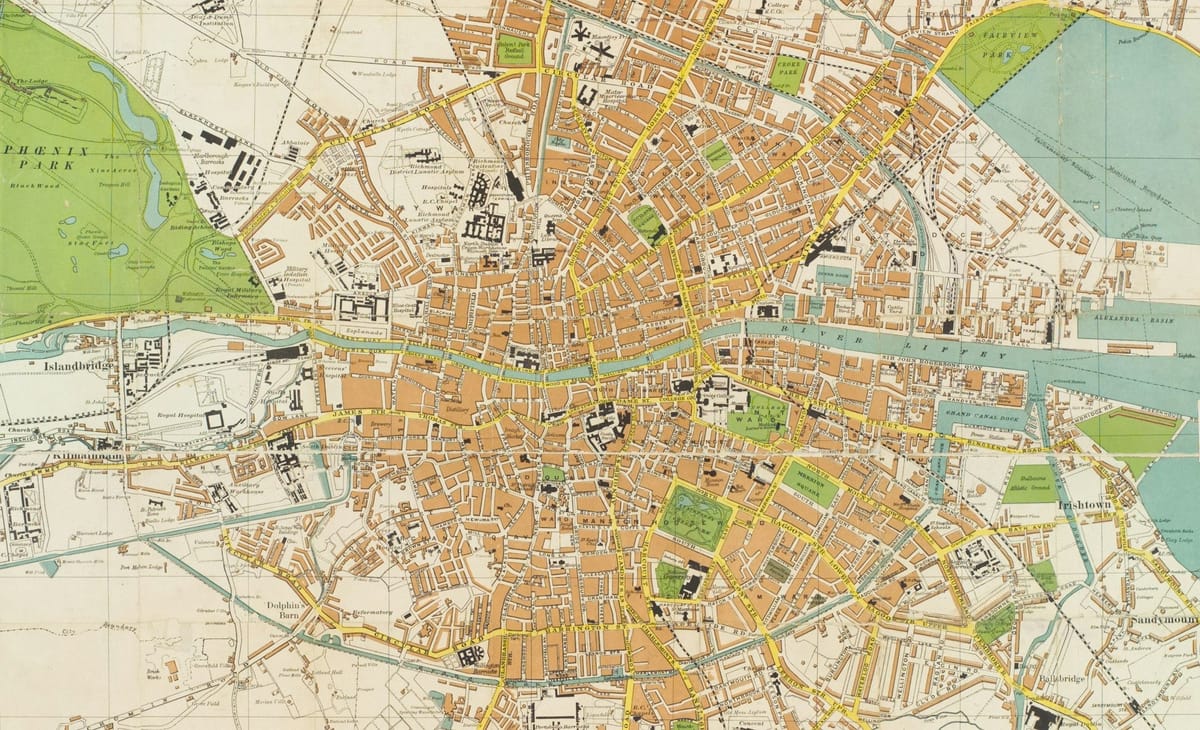Building Small Town America

At PilotCity, we began our journey with a clear and passionate goal: How do we build cities of the future with the people who know them best—the community members? This mission was inspired by my own hometown of San Leandro, California, which was transforming into a city of innovation. Growing up, San Leandro wasn’t particularly well-known or recognized for much. It was the city next to Oakland—a community that often latched onto the larger neighboring city to build a sense of pride. However, beneath the surface, San Leandro was one of the most diverse communities in California and, by extension, America.
I witnessed this diversity firsthand—growing up with friends, schoolmates, and neighbors who embodied the richness of our community. When I discovered that my hometown was on a mission to transform itself into a city of innovation, I was filled with a deep sense of inspiration. I realized that I wanted to help make that vision a reality.
The Challenge: Small Towns Aren't Always "On the Map"
There are 19,500 cities and towns across the United States, and roughly 92% of them have populations of under 10,000 people. This is an astounding statistic. Most cities and towns in the U.S. are small, often with limited resources and recognition. People leave these small towns to pursue larger dreams elsewhere, and often, these towns aren't “on the map.”
Yet, these small towns are home to strong communities with big-town personalities, deep family connections, and dreams that could define their potential if given the right opportunity to shine. The key to helping these towns realize their aspirations lies in leveraging the power of their own communities and empowering the people who live there.
Phase 1: Engage the Next Generation
The first step to building a thriving, innovative community is to start with the youngest citizens—our students. K-12 schools are often the largest employers in small towns, making them a natural starting point for community development. Schools represent not just an educational institution, but the heart of a community, where young people are preparing to become the next generation of leaders, workers, and entrepreneurs.
To build a future city or town, we must create opportunities for students to engage with the real world. This means Career and Technical Education (CTE) and Work-Based Learning (WBL) programs that immerse students in real-world challenges and entrepreneurial efforts within their own community. Through internships, mentorships, and project-based learning, students can contribute to solving local problems and help bring innovation to their town, all while gaining valuable career experience.
By empowering students through CTE pathways, we create an engine for local problem-solving that not only enhances their education but helps position their community as a center of innovation. In this way, we can unlock future opportunities in STEM, high-growth industries, and other careers that will allow students to thrive within their local context—while also opening doors to broader opportunities in larger markets across the country.
Phase 2: Upskill the Adults in the Community
Once we have empowered the next generation, we must turn our attention to the adults in the community—especially the parents of the students engaged in CTE programs. This is where workforce development comes in. Workforce development goes beyond just job training; it includes entrepreneurial programs and opportunities for adults to upskill, reskill, and advance their careers.
Many parents are employed by local businesses, schools, or government institutions. Helping them to upskill and advance in their careers will not only benefit their economic mobility but will also enhance the overall well-being of the community. This could mean offering programs for career advancement within existing industries, such as healthcare, manufacturing, or local government. It could also mean providing pathways for entrepreneurship, allowing individuals to start their own businesses and contribute to the economic growth of their town.
By focusing on the economic mobility of parents and other adults, we ensure that the entire community is advancing together, with new skills, better job opportunities, and the potential for business ownership. This holistic approach to workforce development builds a strong foundation for sustainable community growth and innovation.
Phase 3: Innovate Within Local Organizations
The final phase of community development involves nurturing the organizations and institutions that already exist within the town—businesses, schools, government agencies, and nonprofits. Learning and Development (L&D) programs within these organizations are key to fostering internal innovation, creativity, and growth.
Supporting businesses in their efforts to innovate and grow within their community is essential to expanding their impact. This could involve creating programs that promote Research and Development (R&D) within local companies, helping them to scale their efforts and tap into new markets. Whether it's a local tech startup, a manufacturing company, or a healthcare provider, the goal is to build an ecosystem where local businesses can innovate, collaborate, and expand both regionally and globally.
By helping organizations within the town or city to improve and scale, we create a more robust local economy, where businesses can thrive, create jobs, and contribute to the overall prosperity of the community.
Putting Small Towns on the Map
In summary, helping a small town become a vibrant, innovative community requires a thoughtful, phased approach. By engaging the youngest citizens in real-world learning opportunities, upskilling the adults in the community, and fostering innovation within local organizations, we can build a strong foundation for the future.
At PilotCity, we believe that by empowering the people who know their community best—its residents—we can create sustainable, lasting change that puts small towns on the map and allows them to realize their full potential. By focusing on education, workforce development, and organizational innovation, we can help small towns rise to their aspirations and become models of success for the future.
Let’s work together to transform small towns into the cities of tomorrow.
Contribute to this raw draft here
